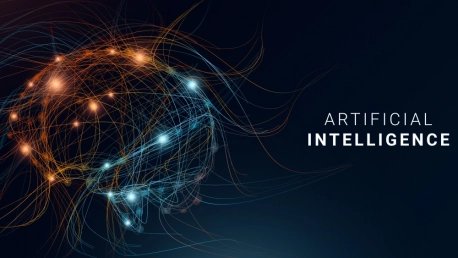The digital future is already happening. Almost everything becomes faster, better, and cheaper with digitalization and artificial intelligence (AI), but no progress can be made without research. Only by working together, by pooling skills, expertise, and experience, can we transform the world for the better. Let us take a sneak peek at the role AI could play in the criminal justice system.
AI in the digital age: Fear or opportunity?
In 2017, the famous Sofia robot was granted citizenship in Saudi Arabia and the Tokyo City Hall granted residence rights to a chatbot. In 2018, in Arizona, a person was killed in a car accident caused by an autonomous, driverless vehicle (UBER) and in 2019 an autonomous Tesla Model S vehicle hit and destroyed a Promobot robot. All these events have one thing in common: the use of cutting-edge technologies and AI—the latter being present in almost all spheres of human life.
However, one simple question emerges regarding the accidents latterly mentioned: should we be afraid of the innovations in digitalization and AI? The answer is, for the most part, no. It remains essential to our future and future generations to understand and accept that we are currently moving into a new era—an era of algorithms—processing large amounts of data in a very short time. With this new digital era, another subject of law may be emerging: The electronic person. Understanding the role the electronic person will play, may prove to be impossible without complex research. When it comes to technological change, research and law are both crucial, and a balance between these two “tails” of the future is needed to ensure a sustainable evolution.
It is also important to remember that digitalization and AI go hand in hand with virtual crime—whether we are talking about simple hackers with ideological or religious motives, cybercrime groups seeking financial gains, or even entities associated with state actors. Thus, the measures to be taken must also be adapted to solve cybercrimes. This is where research comes in. Research on these societal transformations is necessary, while regular testing, risk analyses, data recovery methodologies, investigation plans as well as detection and prevention tactics are also of equal importance. Yet, all of these strategies may prove worthless without an up-to-date regulatory framework that monitors these aspects precisely and predictably. This is where law comes in.
Key moves in digitalization
In the digital era, if AI is capable of assimilating large amounts of data, of carrying out a multitude of processes dynamically adapted to a constantly changing environment, and operating based on predefined scenarios, so too both lawyers and researchers must seek to understand this new entity—the electronic person. In fact, to know what sanctions you can apply to such an electronic entity, you need to know how it works, you need to know what information it feeds on, and from where. You need to be flexible, inventive, and creative to deal with the unpredictability that it can indicate. On the other hand, while human beings are capable of interpreting, innovating, and associating certain words with principles and concepts, the same cannot be said of AI. This important distinction between humans and electronic persons powered by AI is the main reason why lawyers and researchers need to keep up with innovative technologies.
Important contributions
Machine learning and AI can help the lawyers and researchers with their work, providing support in analyzing contracts, making predictions of success in litigation, automating processes, developing predefined answers to common, time-consuming questions when drafting contracts, etc., ultimately leaving the professionals with more time for creative, innovative work.
In the judicial field especially, AI can make essential contributions—like predicting where the next crime may happen, detecting patterns of offenders, or quickly locating a case in a large database. In this context, the regulatory framework must also be coordinated, aligned with technological transformations as well as updated and related to the new challenges of the digital era.
The digital revolution provides an excellent opportunity to transform the judicial system into a quick, efficient, and high-quality array of services available to all citizens and residents. Still, automation that comes with both machine learning and AI represents a challenge for rule-makers that should reconsider fundamental aspects and questions of criminal justice.









